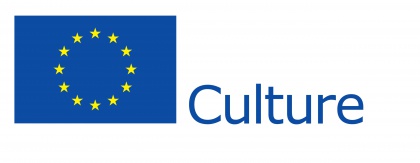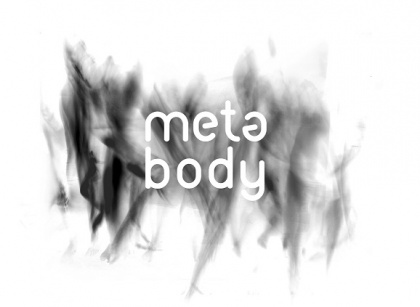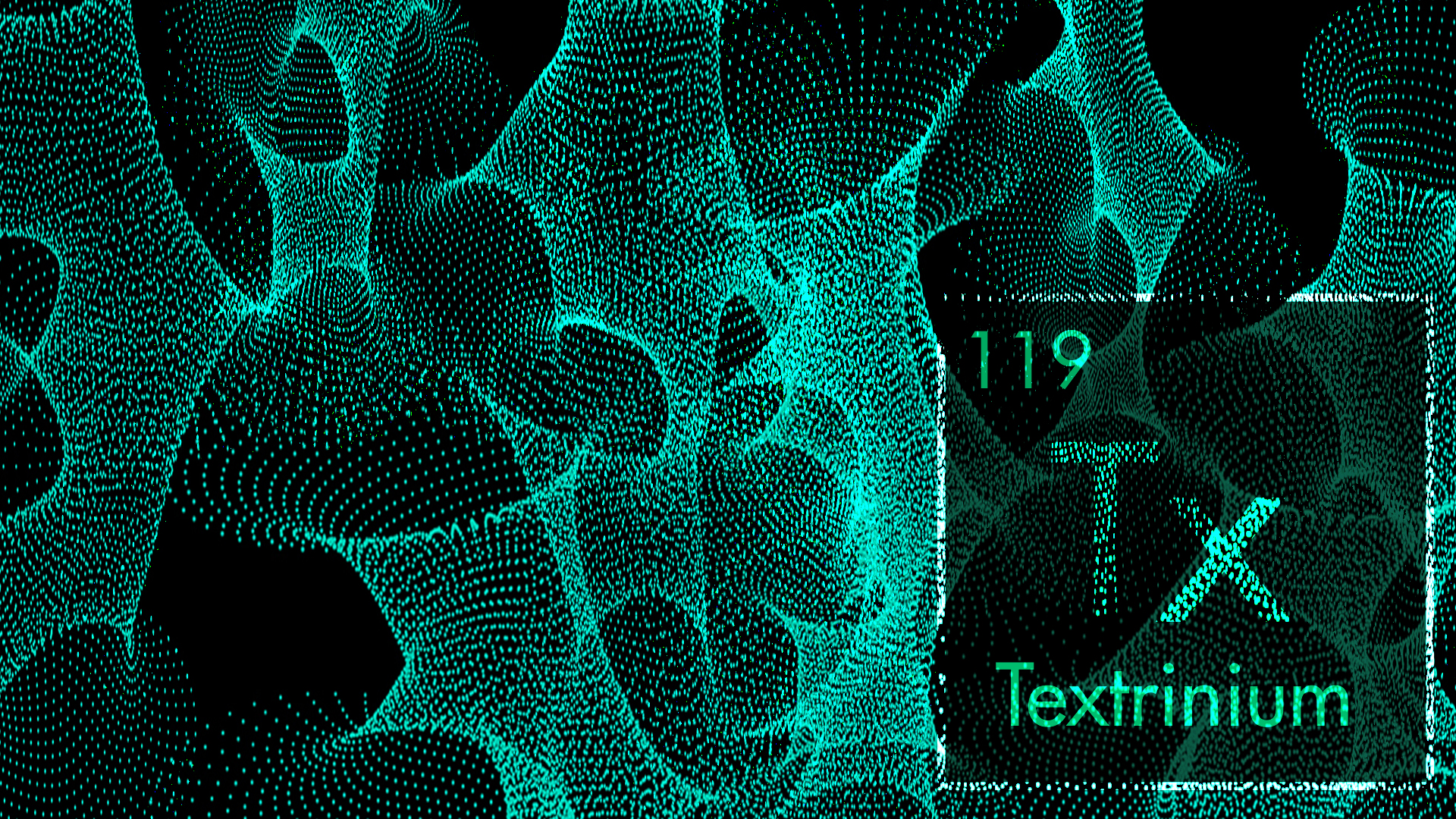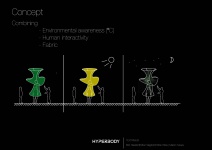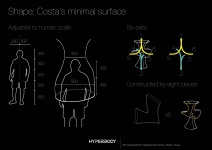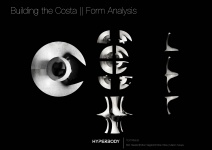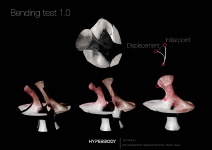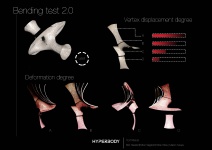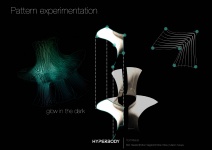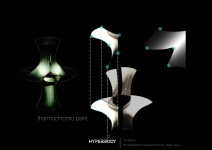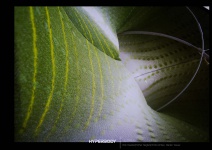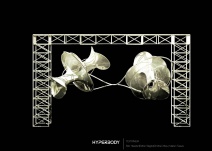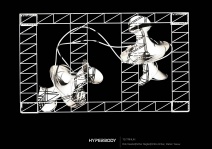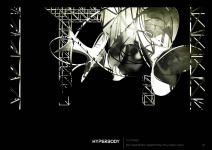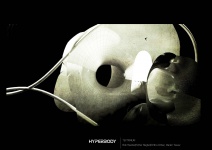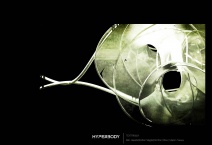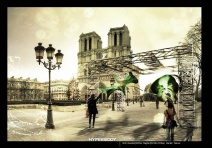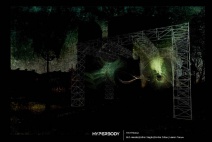|
|
| (6 intermediate revisions by one user not shown) |
| Line 50: |
Line 50: |
| | <area shape="rect" coords="708,1,848,150" href="http://re.hyperbody.nl/index.php/Msc2G5:Physical_model"> | | <area shape="rect" coords="708,1,848,150" href="http://re.hyperbody.nl/index.php/Msc2G5:Physical_model"> |
| | </map></div> | | </map></div> |
| − | <div class="text" id="text">
| |
| − | <iframe width="850" height="520" src="https://www.youtube.com/embed/A0fysKRDaeU" frameborder="0" allowfullscreen></iframe></div>
| |
| | <div class="text" id="text"><div class="text2" id="text2"><p>The main appearance of the structure is based on the mathematical embedded minimal surface discovered in 1982 by Celso José da Costa. The topology is created by puncturing a compact surface, therefore becoming a finite topology. The current design is a topologically thrice-punctured torus which is deformed until the planer end becomes catenoidal. The topology can be described using the Weierstrass zeta and the Weierstrass elliptic functions. | | <div class="text" id="text"><div class="text2" id="text2"><p>The main appearance of the structure is based on the mathematical embedded minimal surface discovered in 1982 by Celso José da Costa. The topology is created by puncturing a compact surface, therefore becoming a finite topology. The current design is a topologically thrice-punctured torus which is deformed until the planer end becomes catenoidal. The topology can be described using the Weierstrass zeta and the Weierstrass elliptic functions. |
| − | The name of the project is Textrinium based on the interweaving of different components within the textile, architecture and mathematical geometry. Textrinium is a textile based structure that interacts with its surroundings by change in kinetic energy, shade shifting of colours by differentiating in resistance and integrated sensors measuring carbon dioxide. All the used components are part of the same knitted fabric. The structure is supported by an exoskeleton composted out of polymers.
| + | </p></div></div> |
| − | Extensive research in material systems, topology optimisation, stress and deformation simulation within fabrics, weaving patterns and fibre directionality, integrating (knitting) sensing, sewing techniques exploration, actuation and control systems within the textiles, thermo-chromic textile based applications, phosphorescence applications and computation numerically controlled fabrication are part of the research and design workshop. </p></div></div>
| + | |
| | </div> | | </div> |
| | </body> | | </body> |
| | </html> | | </html> |
| − | [[File:Sweden_diagrams-01.jpg|212px]][[File:Sweden_diagrams-01.jpg|212px]][[File:Sweden_diagrams-01.jpg|212px]][[File:Sweden_diagrams-01.jpg|212px]] | + | [[File:wiki slidares_Page_03.jpg|212px]][[File:wiki slidares_Page_04.jpg|212px]][[File:wiki slidares_Page_15.jpg|212px ]][[File:wiki slidares_Page_16.jpg|212px]] |
| − | [[File:Sweden_diagrams-01.jpg|212px]][[File:Sweden_diagrams-01.jpg|212px]][[File:Sweden_diagrams-01.jpg|212px]][[File:Sweden_diagrams-01.jpg|212px]] | + | [[File:wiki slidares_Page_17.jpg|212px]][[File:wiki slidares_Page_19.jpg|212px]][[File:wiki slidares_Page_20.jpg|212px ]][[File:wiki slidares_Page_34.jpg|212px]] |
| − | [[File:Sweden_diagrams-01.jpg|212px]][[File:Sweden_diagrams-01.jpg|212px]][[File:Sweden_diagrams-01.jpg|212px]][[File:Sweden_diagrams-01.jpg|212px]] | + | [[File:wiki slidares_Page_35.jpg|212px]][[File:wiki slidares_Page_36.jpg|212px]][[File:wiki slidares_Page_37.jpg|212px ]][[File:wiki slidares_Page_38.jpg|212px]] |
| | + | [[File:wiki slidares_Page_39.jpg|212px]][[File:wiki slidares_Page_40.jpg|212px|]][[File:wiki slidares_Page_41.jpg|212px]] |
| | + | ---- |
| | + | With the support of the Culture Programme of the EU.<br> |
| | + | [[File:EU_flag.jpg|420px]][[File:META_logo.jpg|420px]] |
With the support of the Culture Programme of the EU.
